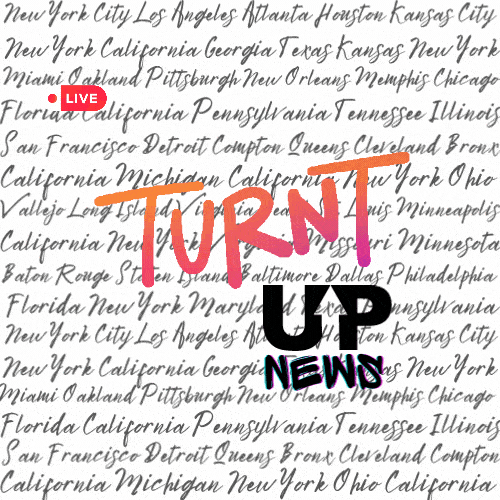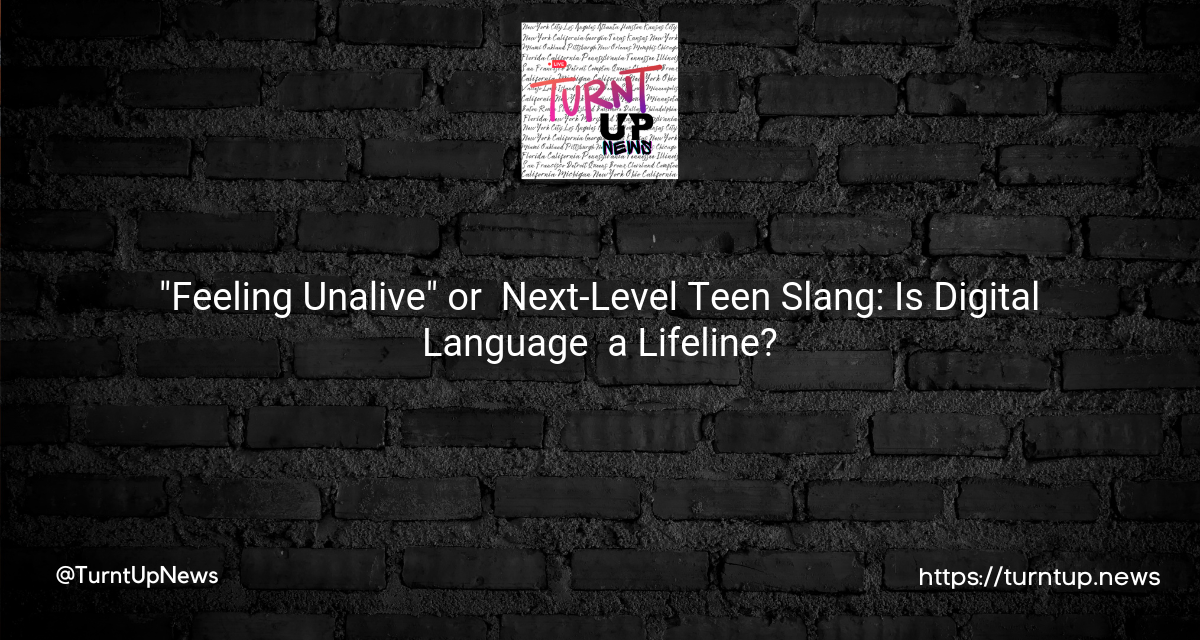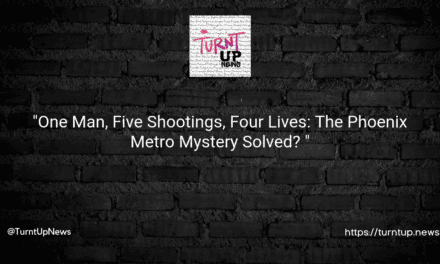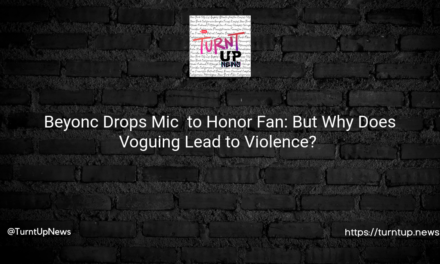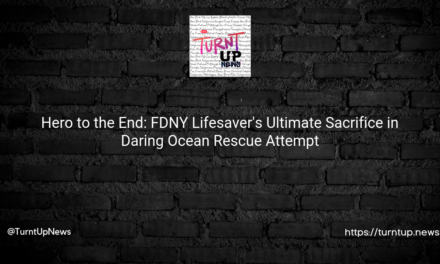💀 “Feeling Unalive” or 🤯 Next-Level Teen Slang: Is Digital Language 💬 a Lifeline?
TL;DR: A new trend is gaining traction in the virtual universe. Kids and teens are using the term “unalive” to mean death or suicide, dodging online algorithms set to flag explicit content. As digital lingo bleeds into reality, questions arise: Is this just another fleeting fad or a silent cry for help? How can these innovative words shape serious conversations, and is it necessarily a bad thing? 🤔📲💔
Pull out your decoder rings, folks, because the kids are speaking in code. From “LOL” to “WTF”, digital shorthand has always been the stuff of parent’s nightmares. But the latest one is a doozy – “unalive”. This term, referring to death, specifically suicide or homicide, has TikTok and other social media platforms abuzz. 🕹👀
Emily Litman, a middle school teacher from New Jersey, has observed this trend among her ESL students, who she dubs “TikToklish” learners. Now, in an ironic twist of fate, we’re the ones struggling with this new language. 🏫🌐
And it’s not just “unalive”. There’s “mascara” for sexual assault, and more where those came from. Born from the necessity to skirt around explicit content filters, this new lingo is rapidly making its way into the real world, becoming part of everyday conversation. But here’s the catch – is this downplaying serious issues or enabling important discussions? 🚀💔💬
Hold up, experts say don’t go hitting the panic button just yet. This trend, termed as “lexical innovation” by Andrea Beltrama, a linguistics researcher at the University of Pennsylvania, isn’t necessarily a cause for concern. Turns out, when the teens say “unalive”, they’re well aware of its implications, and they expect the receiver to understand it too. 🎓🔍🗣
Interestingly, Beltrama draws a parallel between “unalive” and “Let’s go Brandon,” a euphemistic phrase expressing disdain for President Joe Biden. These phrases have a life of their own, uniting groups in shared understanding. Amber Samuels, a therapist who has used “unalive” in her social media, believes these euphemisms can help spark conversations on sensitive topics, circumventing the barriers of silence and shame. 👥🌉🗨
In the gaming world, “unalive” has evolved further, with references to characters being “unalived” and later “respawned”. Dictionary.com defines “unalive” with an example from a video game – “The point of the game is to unalive all enemies before losing your last life token.” 🎮👾
On the flip side, the use of these words may be blurring the severity of serious matters like suicide, the second leading cause of death among people aged 10-24. Teens are using this language as a coping mechanism for serious issues, creating a community and trust that might be inaccessible with adults using conventional terms. Can “feeling unalive” serve as a lifeline for struggling youths, making them more likely to reach out for help? 🎭🤝💡
DISCLAIMER: This article includes discussion around suicide. If you or someone you know needs help, please call the National Suicide Prevention Lifeline at 800-273-8255. Remember, while Turnt Up News strives to provoke thought and discussion, it does not provide professional advice.
So, the question is, folks: are these creative slang terms a symptom of the bigger issue at hand, or a potential catalyst for dialogue and support? Is “feeling unalive” a distress signal we need to be more tuned in to, or a rebellious phrase that will be replaced by the next big trend? 🤷♀️🌍🎢🔮
